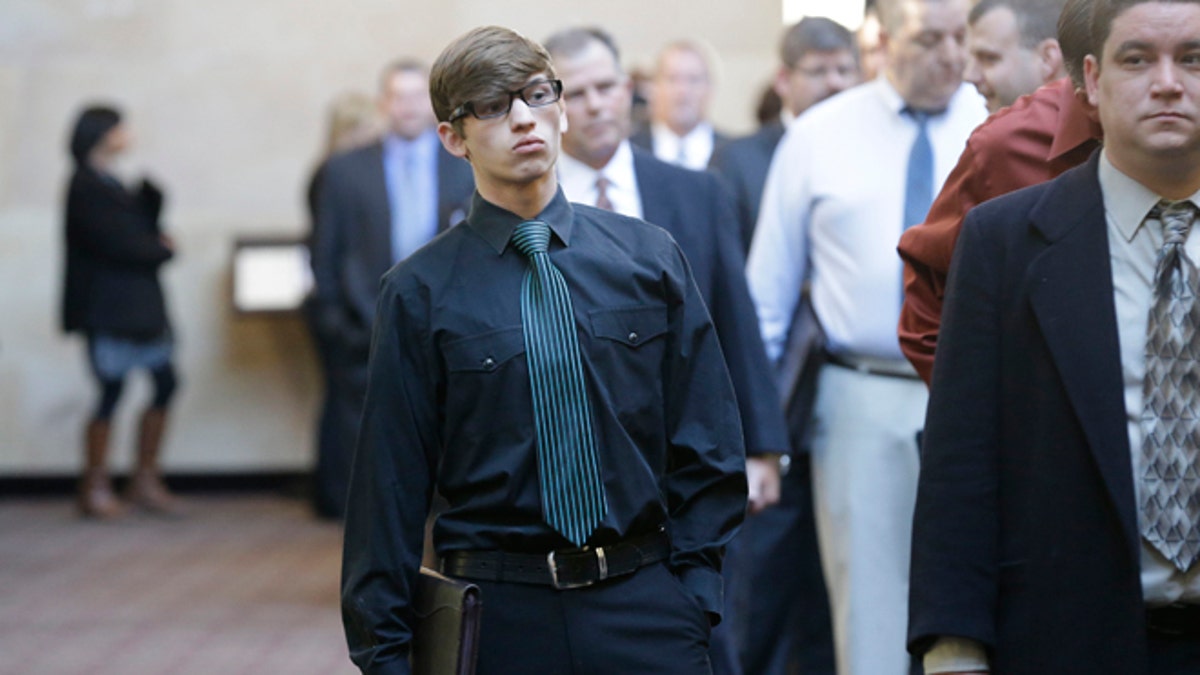
Jan. 22, 2014: Job seekers stand in line during a career fair at a hotel in Dallas. (AP)
From one perspective, things are looking pretty good in America today. The stock market — and U.S. personal wealth holdings — are at or near their all-time highs, and unemployment rates are back down to 5% or less—well below the postwar average, and purportedly even near “full employment,” according to widely received wisdom.
But a closer look reveals something else entirely. These optimistic indicators mask a quiet catastrophe hiding in our shadows. Work rates—officially, the employment to population ratio—have collapsed for men and women alike since the turn of the century, and the shocking truth is that for adult men they are now actually lower than they were in 1940—at the tail end of the Great Depression.
According to the latest (September 2016) figures from the U.S. Bureau of Labor Statistics, every unemployed prime age man in America has three counterparts neither working nor looking for a job. Today some 7 million prime age men are neither working nor looking for work: nearly one in eight.
Over-represented in this un-working army are: the less-educated; the never-married; and African-Americans. (Immigrants, interestingly enough, have above-average work rates and labor force participation rates, no matter what ethnicity.)
The collapse of work for men appears to be at the center of many of America’s current social and economic woes—slower economic growth; widening income and wealth gaps; increasing family fragility; stalling social mobility; and rising distrust and dis-satisfaction with our system.
This is not a statistical trick conjured by comparing our greyer society today against a more youthful America under Franklin Delano Roosevelt. If we look just at men of “prime working age”—the critical group between the ages of 25 and 55—work rates in 2015 were two percentage points lower than they were in 1940.
In fact, if work rates for men were only as high today as in 1965—a time when we enjoyed true “full employment”—nearly 10 million more men would have paying jobs today. Think of the difference that would make to our country.
Washington’s unemployment numbers are supposed to gauge the health of our labor markets, but they cannot help but mislead. They were devised in a bygone era when there were only two alternatives for an able bodied man: 1) to work, or 2) to be looking for work if you are not employed.
Nowadays, thanks to our increased general affluence and our modern welfare state, there is a “third way”—the work-less life, neither working nor looking for it—and for two generations, this has been the fastest growing contingent among prime working age American men.
It is true that all rich democracies have witnessed some “flight from work” by prime age males over the past half century. Alas—the record for the United States is the very worst of the group. Today even sclerotic France and dysfunctional Greece have substantially smaller shares of their prime age men checked out of the labor force. America, unfortunately, has been the “winner” in this particular race to the bottom.
It is a shame, and a scandal, that our talking and deciding classes have somehow managed to overlook this steadily gathering crisis. We need to shine a public spotlight on it, and start to focus on remedies and solutions. Otherwise this crisis is almost certain to fester, and even worsen, in the years ahead.
